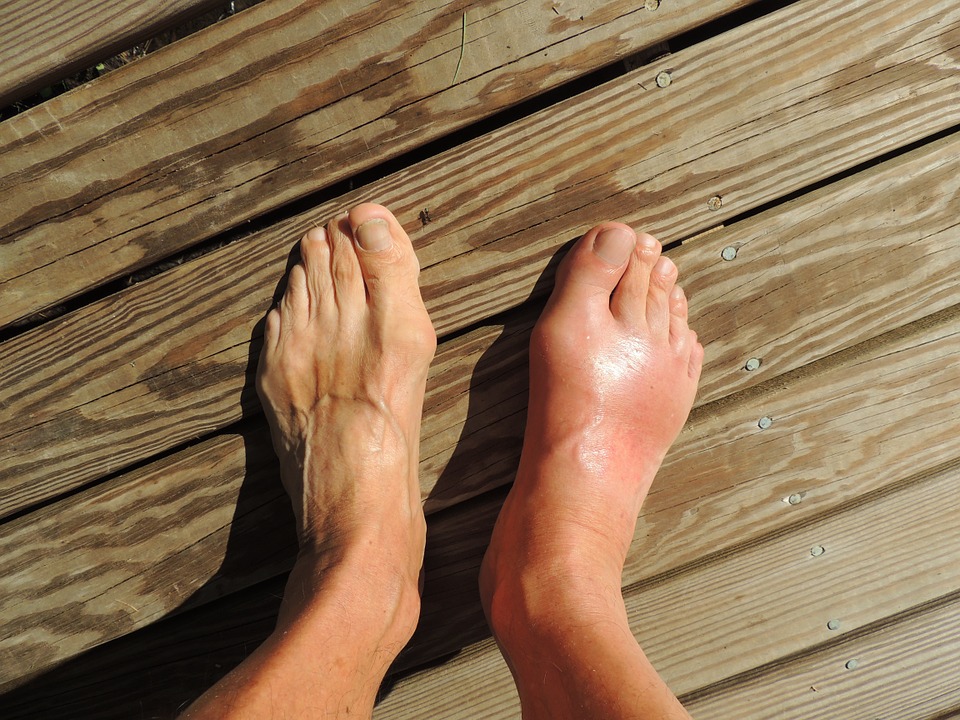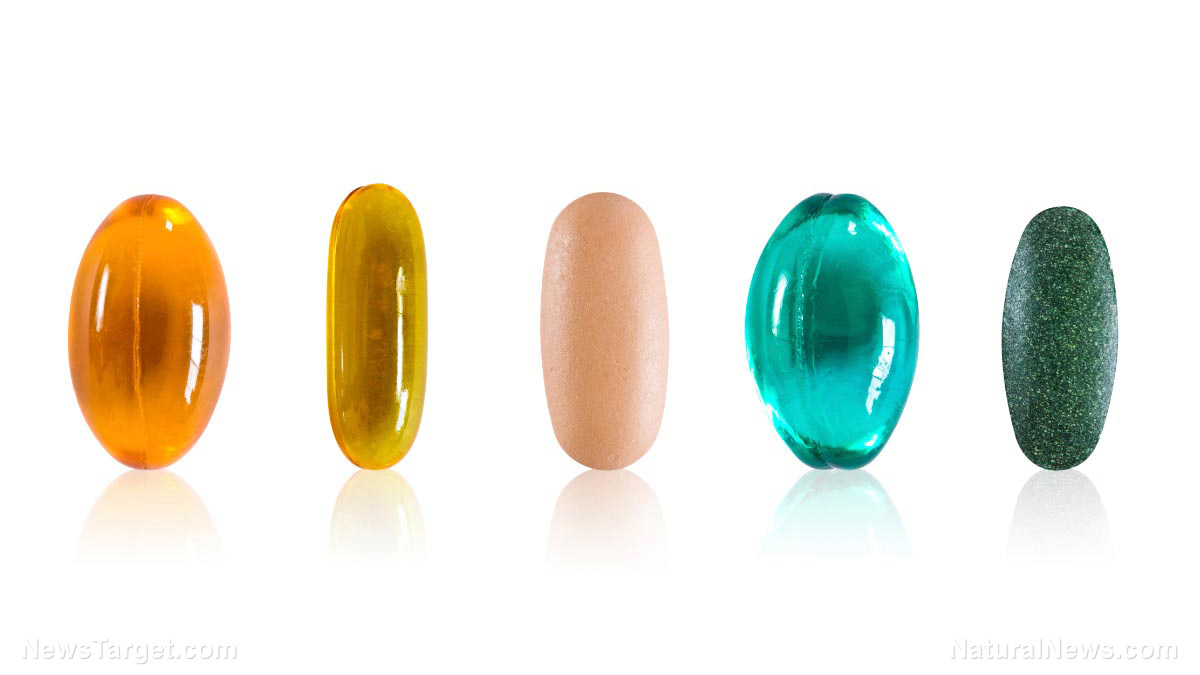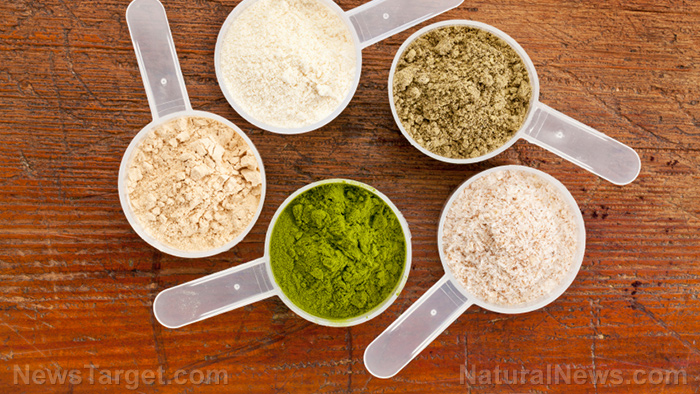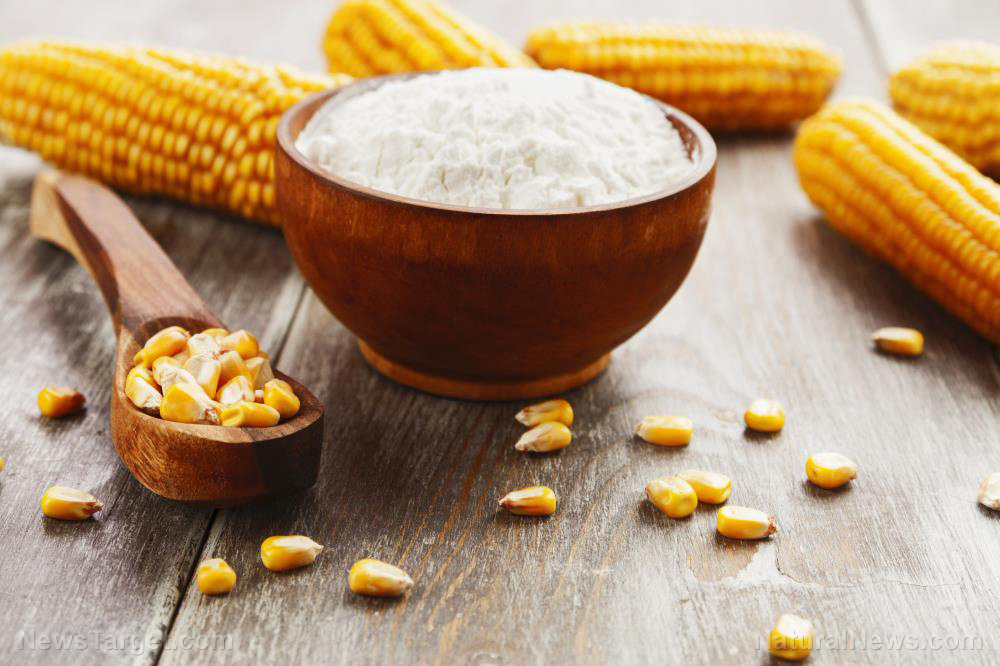Too much of a good thing: High levels of oxalates from spinach, green powder could lead to tissue damage and inflammation
07/14/2018 / By Ralph Flores
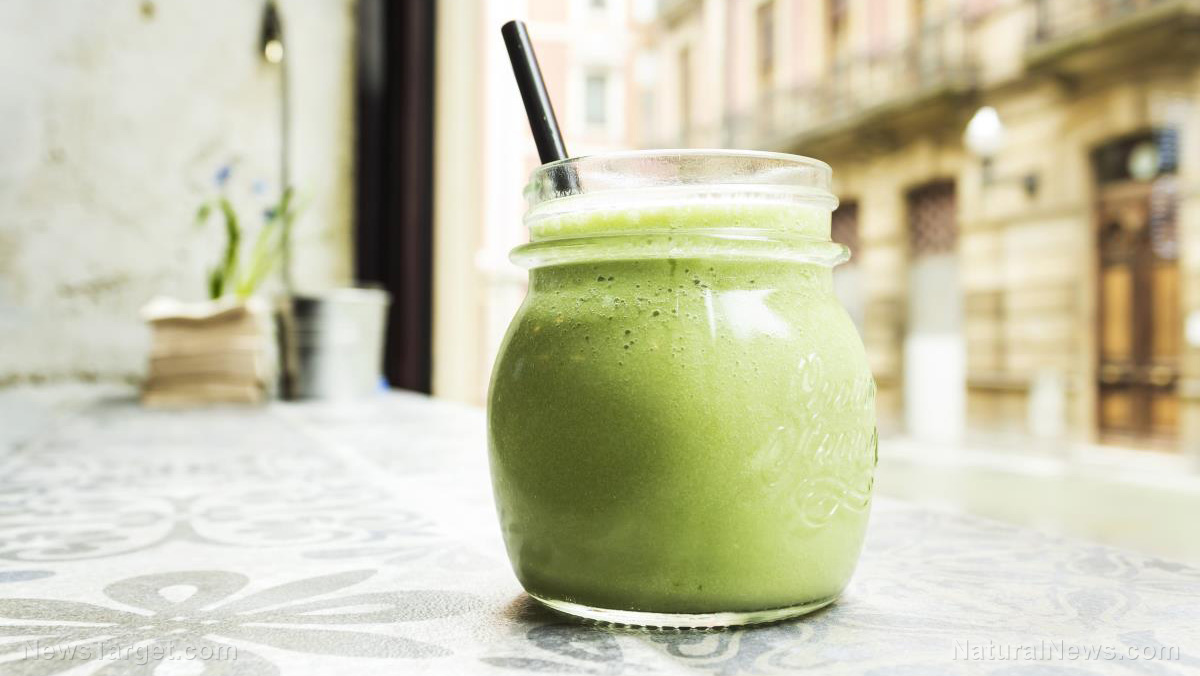
Here’s a fact: An unhealthy diet is likely to increase your chances of getting a chronic condition like cancer, cardiovascular diseases (CVD), and diabetes – and that’s not counting obesity and other related conditions.
But unfortunately, loading up on green smoothies and leafy greens, such as spinach, to counteract this effect could compromise your body in the long run. In her video, functional diagnostic practitioner Linda Wilbert-Stewart of Holistic Path to Wellness talks about the dangers of overloading the body with “green” smoothies and vegetables.
Watch the full episode here, from REAL.video:
A lot of oxalates, a lot of toxins
For a lot of people who watch their diet, leafy greens are a staple at every meal. Indeed, these are packed with essential nutrients that the body needs to function properly, but these also contain what’s known as an anti-nutrient, or compounds that disrupt the absorption of these nutrients. One of the most famous anti-nutrients is alcohol, which is known to slow down the conversion of macronutrients, as well as zinc and certain B-vitamins.
Most leafy greens, on the other hand, contain oxalate (also known as oxalic acid), a naturally occurring anti-nutrient. In particular, these bind to minerals and create compounds such as calcium oxalate and iron oxalate, which the body eliminates in the stool or urine instead of using it. While normally found in plants, the body can also produce oxalates. Vitamin C, in particular, becomes oxalate after being metabolized.
If the body doesn’t flush out oxalates, these can build up in the muscles, brain, and even the urinary system. Once this happens, oxalates turn into crystals and cause tissue damage and inflammation.
Here are some factors that increase oxalate accumulation in the body.
- Antibiotic use. These reduce the number of beneficial bacteria in the gut that help break down oxalates.
- Eating too much fat. “Fat binds to calcium, and calcium helps bind oxalates,” Wilbert-Stewart explained. “When less calcium is available because it already is bound up with the fat you ate, the oxalates are free to get into the blood and tissues.”
- Having a leaky gut. People with the condition are at risk of absorbing oxalates into the bloodstream.
- Nutrient deficiency. If a person does not get the nutrients that he needs, this means that there are fewer compounds that oxalates can bind to, resulting in free-flowing oxalates that can permeate the bloodstream.
- Gut dysbiosis. An imbalance in the gut microbiota, especially that where there are more pathogenic microbes than beneficial ones, could increase oxalate accumulation.
Of course, diet is one of the primary factors for increased oxalate production. For instance, just two cups of spinach, a staple ingredient in some green smoothies, could have as much as 15 grams of oxalates – already considered a potentially life-threatening amount.
Other foods that are high in oxalates include:
- Almonds
- Beets
- Blackberries
- Chia seeds
- Chocolate
- Citrus peels
- Figs
- Kiwi
- Raspberries
- Sesame seeds
- Sweet potatoes
- Quinoa
For the most part, these foods aren’t all bad – most contain other nutrients that are needed to support the body. However, when it comes to oxalates, Wilbert-Steward revealed that the body doesn’t lump it in the same category. (Related: Could excessive oxalates be causing problems in your body?)
“The body recognizes oxalates as toxins,” she added. “[It] stores those in fat.”
Naturally, if the body is getting too much of these toxins, a person will experience symptoms of oxalate buildup. These include:
- Headaches
- Fatigue
- Insomnia
- Muscle twitching and cramping
- Irregular heartbeat
- Tissue damage
- Inflammation
More severe complications of oxalate accumulation include heart failure, kidney stones, and candidiasis (the overgrowth of Candida aspergillus).
In severe cases, an overdose of oxalates could result in shock, convulsions, coma, and even death.
Cutting back on oxalates
If a person is showing symptoms of oxalate accumulation, here are some ways to reduce oxalate and get back on track.
- Take calcium citrate and magnesium citrate with each meal.
- Pop in some vitamin B6 to stimulate enzyme production.
- Go for a low-oxalate diet. One way to reduce oxalates in vegetables is to boil them – it can reduce anywhere from 30 to 90 percent of its oxalate content, depending on the vegetable.
The feature is part of Holistic Path to Wellness’ video on the truth about green smoothies and oxalates, which can be viewed on this link.
Sources include:
Tagged Under: cardiovascular diseases, diabetes, Fresh, green smoothies, Health and Wellness, holistic health, inflammation, ingredients, nutrients, oxalate accumulation, oxalates, oxalic acid, priority, smoothies, spinach, tissue damage, toxic ingredients, toxins



